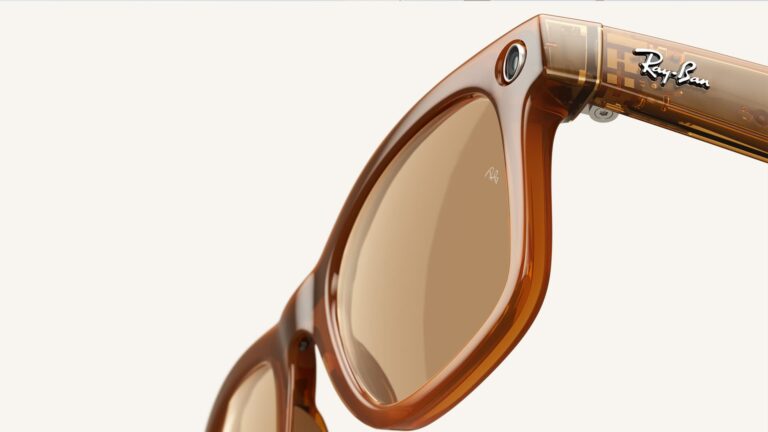
The year was 2016. PlayStation VR and Microsoft HoloLens launched, Samsung Gear VR was flying high, Pokémon Go was a new craze, and everyone was buzzing about a revolutionary shift in computing called XR. This publication launched that year to document it all.
We were in the midst of a classic hype cycle. Many at the time (including us) started to detect clues that we were in a bubble. XR was still compelling but the question was if it was overhyped and oversubscribed. Was supply-side fervor aligned with demand-side appetite?
The answer of course was no. Consumer demand – and even enterprise adoption – had been grossly overestimated. It turns out that consumers want things that are familiar and convenient versus bulky, expensive, and intimidating. 2D screens continue to dwarf VR and AR adoption.
Though this cycle disappointed and deflated XR proponents everywhere – and several failed companies – the tech is still promising. But it’s a matter of resetting expectations. XR will be formidable in the ways that DSLRs or A/V receivers are – respectable markets but not ubiquitous.
Defining & Symbolic
Back to those heady days of 2016, there were a few XR-industry characteristics. And the passing of that era can be seen in the starkly different characteristics of XR today. That includes an altered cast of characters, but also new market standards, perspectives, and lessons learned.
There are a thousand little things that mark that gradual evolution from 2016 until now, but a few big ones recently jumped out as defining and symbolic moments in time. We’ll zero in on three of these for the sake of brevity – drawing on the news cycle of the past week alone.
1. Pokemon Go for Sale?
Bloomberg reports this week that Niantic may be in the process of selling its games division, along with its crown jewel, Pokémon Go. The sale price is rumored to be $3.5 billion and the buyer is the Saudi-backed Savvy Games Group. As noted, the game was a defining entity in XR’s late 2010s rise. It put mobile AR on the map in the summer of 2016 with an estimated 230 million players at its peak. It has since declined but is still doing decently, despite the tech press moving on to other shiny objects. Still, if Bloomberg’s reporting is true, Niantic is likely divesting the games division for a combination of cash to fuel its platform business, and more focus to do so. The platform business is built on the idea of spatially mapping the globe as a foundation for planet-scale AR, and other geo-relevant games and media. This includes several supporting parts such as the 8th Wall platform, and the Scaniverse app which crowdsources spatial mapping to a long tail of far-flung users. This all makes sense in light of standard company evolution and maturation. But back to the point of this article, it also marks the end of an era as the once high-flying and industry-defining Pokémon Go gets sold for parts.
2. Final Nail for HoloLens
Also coming to light this week is the final nail in the coffin for Microsoft HoloLens. This came with the U.S. Army granting Microsoft’s prized IVAS contract to Palmer Luckey’s Anduril. The contract was held by Microsoft since 2021, originally valued at $22 billion over 10 years. That figure has fluctuated in recent years with congressional budgetary friction (which is now likely exacerbated in the age of DOGE). Backing up, HoloLens was a standards-setting device in 2016. It then leveled up with HoloLens 2 in 2019, which was immediately plagued by supply chain issues. Demand turned out to be insubstantial anyway, with less-than-expected traction among target buyers in the industrial enterprise. Meanwhile, consumers had long dismissed the device as too bulky, prompting Microsoft to double down on enterprise sales. Fast forward to 2024 when it decided to retreat from the enterprise market altogether. That market isn’t insignificant but was deemed too small to consume the focus and opportunity cost of a Microsoft-sized company. At the time of that retreat, it reassured the market that it would at least continue its IVAS endeavors. That brings us back to this week’s gut punch, which marks the end of the line for HoloLens.
3. Lite AR: 2 Million Served
For several years, we’ve been obsessed with the notion of “lite AR.” it’s all about flat visuals – or even no visuals at all – for a toned-down UX that can be experientially meaningful, even if graphically underpowered. But during the circa-2016 hype cycle noted earlier, everyone was thinking big and loud… so the term “lite” wasn’t in the vocabulary. For example, HoloLens and Magic Leap were the XR darlings of the time. But it turns out that toned-down approaches have the most traction with today’s consumers – especially with utility that’s now unlocked by AI. That’s been validated by the runaway success of Ray-Ban Meta Smartglasses. To put some numbers against that claim, it was revealed this week that the company has sold more than 2 million pairs to date, and is anticipating 10 million unit sales by the end of next year – with manufacturing commitments to back up those confidence levels. This is a key finding for XR in terms of what the market will bear. The new name of the game is to start with style and wearability, then work towards UX dimension over time. The inverse approach – starting with UX-rich devices meant to slim down over time – didn’t work. Just ask HoloLens.
Slowly, Surely & Sizably
So there you have it. That’s just 3 events from the past week: Things will continue to evolve gradually in XR. Apple’s approach will take years to unfold, as we recently examined, while Meta and Google will likewise continue to invest slowly but surely… and very sizably.
